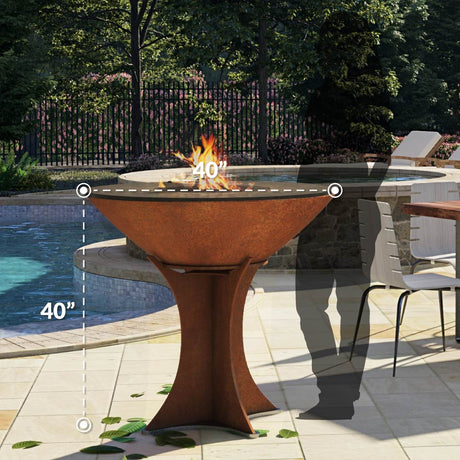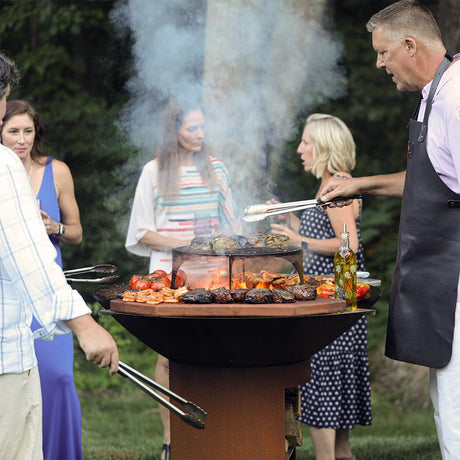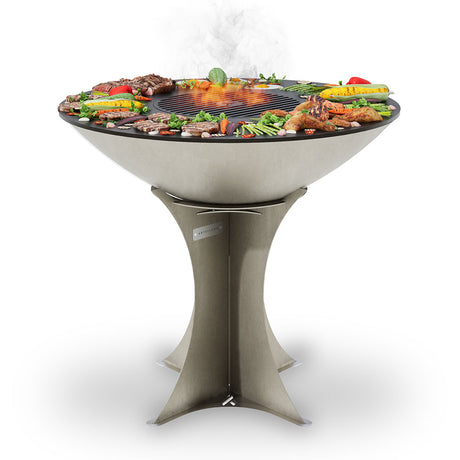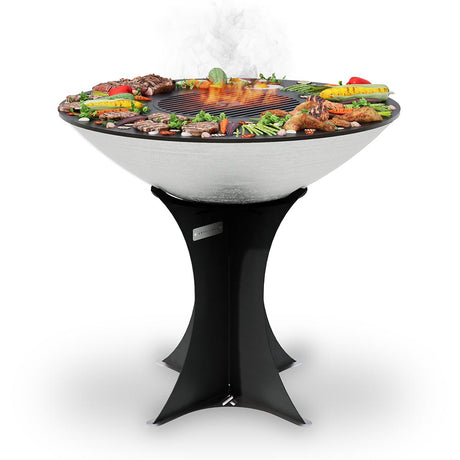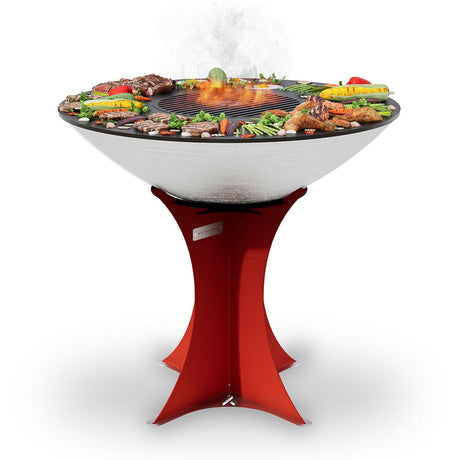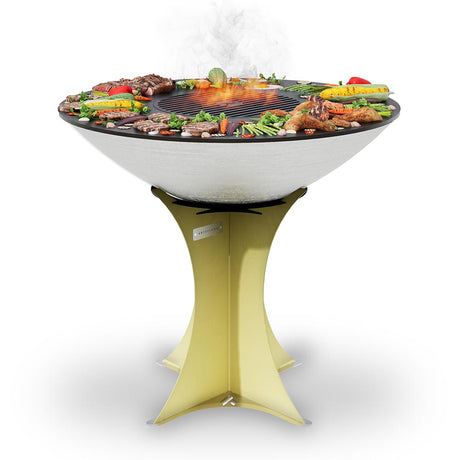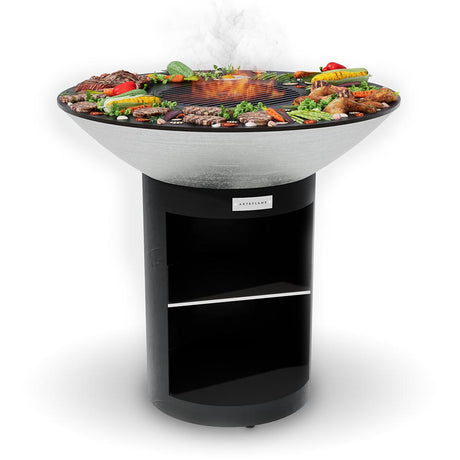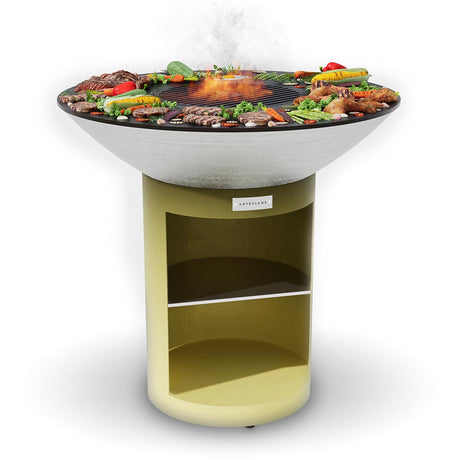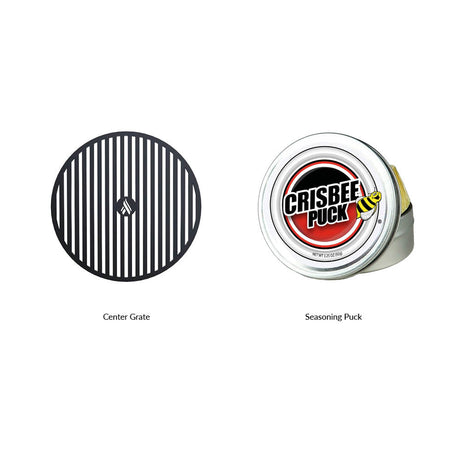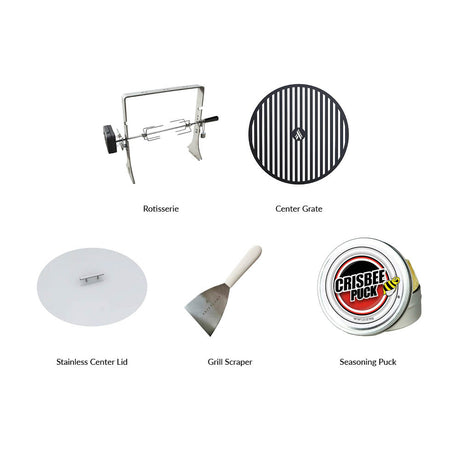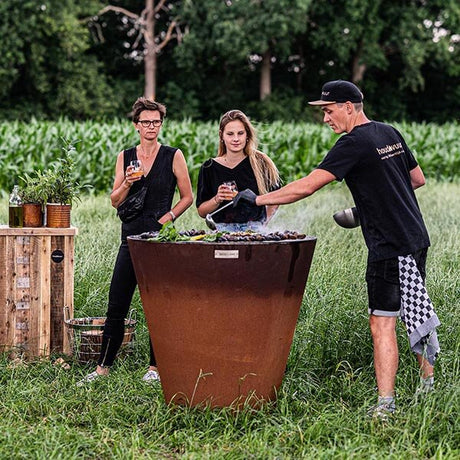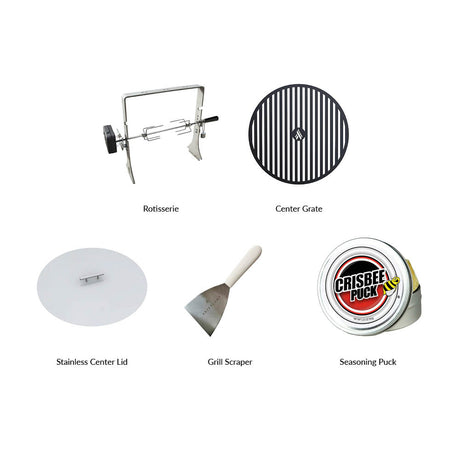Grilling lobster is a luxurious way to enjoy the rich, sweet flavor of this prized seafood. But when it comes to choosing your lobsters for grilling, you might wonder: is it better to grill more small lobsters or fewer large ones? The answer depends on your priorities—whether it’s flavor, cooking time, or presentation.
Let’s dive into the pros and cons of grilling small vs. large lobsters and how to decide which option is best for your next barbecue.
1. Why Size Matters When Grilling Lobsters
The size of the lobster affects the grilling process, including cooking time, meat texture, and ease of handling.
- Small Lobsters (1-1.25 lbs): Cook quickly, are easier to manage, and tend to be more tender.
- Large Lobsters (2+ lbs): Provide more meat per lobster and create an impressive presentation, but require more attention during grilling.
Key Consideration: The size of the lobster impacts both flavor and practicality.



